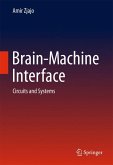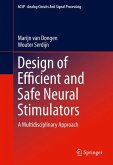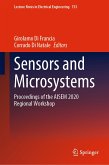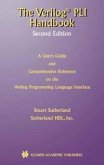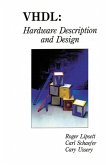This book provides a comprehensive reference to major neural interfacing technologies used to transmit signals between the physical world and the nervous system for repairing, restoring and even augmenting body functions. The authors discuss the classic approaches for neural interfacing, the major challenges encountered, and recent, emerging techniques to mitigate these challenges for better chronic performances. Readers will benefit from this book's unprecedented scope and depth of coverage on the technology of neural interfaces, the most critical component in any type of neural prostheses.
- Provides comprehensive coverage of major neural interfacing technologies;
- Reviews and discusses both classic and latest, emerging topics;
- Includes classification of technologies to provide an easy grasp of research and trends in the field.
Dieser Download kann aus rechtlichen Gründen nur mit Rechnungsadresse in A, B, BG, CY, CZ, D, DK, EW, E, FIN, F, GR, HR, H, IRL, I, LT, L, LR, M, NL, PL, P, R, S, SLO, SK ausgeliefert werden.





